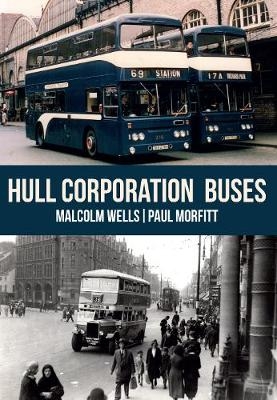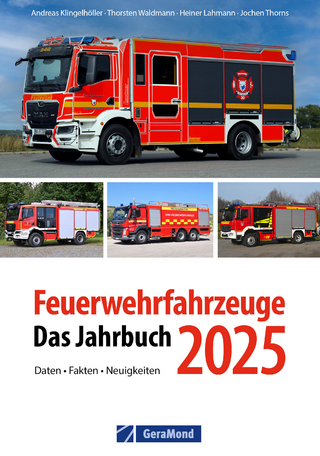
Hull Corporation Buses
Seiten
2017
Amberley Publishing (Verlag)
978-1-4456-6754-6 (ISBN)
Amberley Publishing (Verlag)
978-1-4456-6754-6 (ISBN)
A lavishly illustrated look at Hull Corporation buses.
Kingston upon Hull Corporation’s motorbus fleet was always varied and interesting. The azure and white streamline livery is well known but was one of five actually carried. Buses were initially an adjunct to the trams serving areas away from the radial tram routes, but they were instrumental in serving the new council estates of the 1920s and 1930s that were beyond the tram boundaries.
A standardisation policy was in place by the coming of war in 1939. Forty-six buses were lost, as well as the central bus garage in May 1941, while many others were damaged here and at dispersal sites. Buses were borrowed or purchased while fourteen ‘unfrozen’ buses were received as well as thirty-nine Guy Arabs. The period following the Second World War saw the arrival of 102 AEC Regents as the backbone of the fleet, but many wartime buses were given pre-war bodies from AECs and Daimlers or rebuilt. Second-hand buses came from Newcastle, St Helens, Leicester and Nottingham in the 1960s. The acquisition of 241 Leyland Atlanteans enabled it to be totally one-man operated from 12 November 1972.
This book tells the story of Hull Corporation’s motorbus fleet.
Kingston upon Hull Corporation’s motorbus fleet was always varied and interesting. The azure and white streamline livery is well known but was one of five actually carried. Buses were initially an adjunct to the trams serving areas away from the radial tram routes, but they were instrumental in serving the new council estates of the 1920s and 1930s that were beyond the tram boundaries.
A standardisation policy was in place by the coming of war in 1939. Forty-six buses were lost, as well as the central bus garage in May 1941, while many others were damaged here and at dispersal sites. Buses were borrowed or purchased while fourteen ‘unfrozen’ buses were received as well as thirty-nine Guy Arabs. The period following the Second World War saw the arrival of 102 AEC Regents as the backbone of the fleet, but many wartime buses were given pre-war bodies from AECs and Daimlers or rebuilt. Second-hand buses came from Newcastle, St Helens, Leicester and Nottingham in the 1960s. The acquisition of 241 Leyland Atlanteans enabled it to be totally one-man operated from 12 November 1972.
This book tells the story of Hull Corporation’s motorbus fleet.
Daily bus journeys to and from school fostered Malcolm’s interest in KHCT. He worked in the department’s Works Section for a time, which has assisted his researches into all aspects of the Corporation’s operations. His own photographic collection centres on his own first taken in 1960. Paul’s interest in KHCT began at the age of thirteen and he has amassed a photographic collection of well over 7,000 prints, as well as many historical KHCT items. Paul has worked in the bus industry for twenty-eight years and is the Schedules & AVL manager at Stagecoach East Midlands.
| Erscheinungsdatum | 20.08.2017 |
|---|---|
| Zusatzinfo | 180 Illustrations |
| Verlagsort | Chalford |
| Sprache | englisch |
| Maße | 165 x 234 mm |
| Gewicht | 274 g |
| Themenwelt | Natur / Technik ► Fahrzeuge / Flugzeuge / Schiffe ► Nutzfahrzeuge |
| ISBN-10 | 1-4456-6754-1 / 1445667541 |
| ISBN-13 | 978-1-4456-6754-6 / 9781445667546 |
| Zustand | Neuware |
| Haben Sie eine Frage zum Produkt? |
Mehr entdecken
aus dem Bereich
aus dem Bereich


